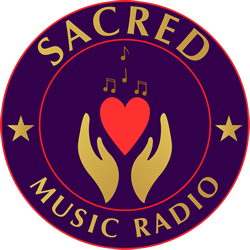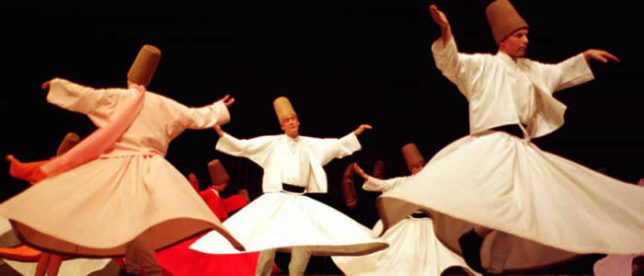Listening to music while practising yoga to enhance meditation is more of a controversial idea than you might expect. For some people, it just seems to work; for others, it’s a distraction. What’s most important is to select music that you enjoy listening to and music which serves the purpose you’re trying to achieve. One of the most beneficial effects of almost all sorts of music is to enhance movement. When practising, some postures can feel difficult or uncomfortable, especially while one is in the earlier stages of learning yoga. Listening to music can increase the sense of grace and ease which is sought, and easing transitions between postures. Listening to music while practising yoga can also help us to relax and not strain. Yoga is about doing our best while (and not straining) we unwind and not comparing ourselves with others. Becoming more relaxed with music is an ideal way to do this.
‘Meditation music’ has become a surprisingly popular phrase lately. Surprising because traditionally, music is a distraction which has no place in meditation. Certainly methods which focus on mantras and on breathing are only interrupted by music but the most popular form of meditation in the West (‘mindfulness’) is totally compatible with music.
Meditation and yoga are different practices but they’re related to one another and the impact of different musical qualities is similar in both in terms of helping us to loosen up. Music can be used as a backdrop which adds context to one’s thoughts and feelings, for example by creating a positive mood and helping us to move past emotional obstacles to mindfulness. Just as when we listen to the sound of a gong, we transcend our thoughts to a state of inner peace.
Musical variation is the repetition of parts of a piece of music in a different form with, for example, melody or rhythm altered but the bar or phrase is recognisable as something we’ve already heard. Variation tends to increase the extent to which music is ‘interesting,’ giving us more to think about, more to notice. Variation can be insistent; we expect to hear a certain melody repeated, and the subtle difference draws our attention. This can make highly varied music distracting when we’re trying to achieve a state of peace and relaxation. Sacred music tends to be conservative in its variation; designed more to soothe and exalt and not “jump out” at a listener. With less potential for distraction and more consistency, sacred music can be perfect for both yoga and meditation.
Tempo is also a major factor. A bit more self-explanatory than variation, higher tempo creates a sense of energy, excitement and urgency while lower tempo creates a sense of peace and relaxation. Neither all meditation nor all yoga aims at relaxation; however, it’s a good place to start.

Every spiritual tradition is different at least on the surface but most spiritual music is concerned either with clearing the mind of unwanted thoughts and cultivating positive tendencies. This works by awakening an awareness of and connection to divinity or by refining one’s emotions. Substitute ‘Self’, as in the higher Self, for divinity and sacred music could almost be purpose-built for yoga and meditation.
Music can be used to enhance meditation but may be more valuable for most people as a means of preparing for meditation. As a background, music can put one in touch with one’s feelings; as a foreground, music can function more like a mantra, providing a content on which the mind can focus in order to edge out other distractions for the purposes of contemplation and reflection. Music can actively improve our ability to reflect, as it enhances memory and provides more perspective.

There are as many types of sacred music as there are spiritual traditions in the world. Since music is such a profound part of every tradition (indeed, almost every human group) the appropriate music has developed their own style along with the relevant culture. On Sacred Music Radio we play music from all traditions as well as from performers with no particular affiliation. If you’re looking for something new to enhance your yoga or meditation, or even a way to relax prior to meditation and you’ve never considered playing some background music (or sitting with headphones, hearing every note and every instrument dance together in the darkness behind your eyelids), you might be pleasantly surprised by the results… I’ve yet to meet a person who doesn’t enjoy music.

So in practical terms why and how can music help with our yoga and meditation? So many great philosophers, throughout history, have written lamentations on how music is of vital importance to the human spirit. That is attuning the human spirit to the divine. These people range from Schopenhauer and Nietzsche in Western philosophy to Hazrat Inayat Khan in the east to name but a few. Hazrat Inayat Khan, a professor of music at the Gayan Shala Music Academy of Baroda State in India was given the task by his teacher to “unite East and West in the harmony of your music”. The practical benefit of music is in attuning us to harmony. It is accepted among many health professionals that the disturbance of our equilibrium is a major cause of sickness. Sacred music can restore this harmony. In the same way that yoga and meditation provide us with profound rest enabling us to become restored. The addition of sacred music can act as a catalyst to further enhance the process.




